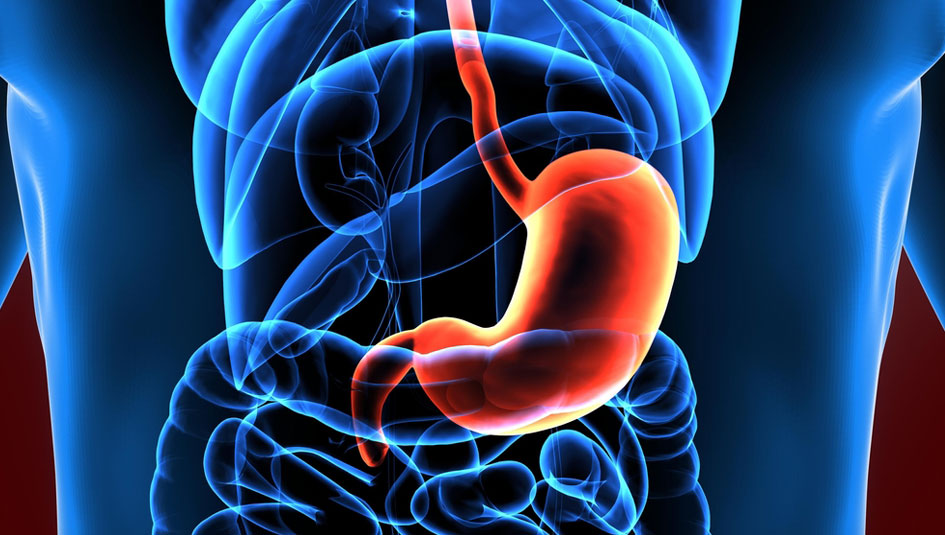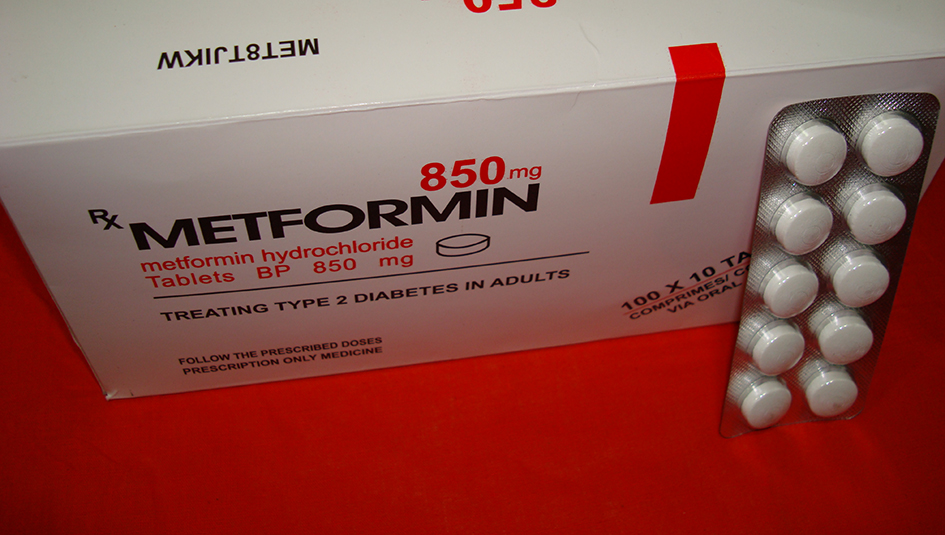Weighing the Benefits of a Bariatric Procedure

Undoubtedly there are few decisions more consequential for someone fighting obesity than to opt for a surgical solution. Options include a partial stomach reduction or a bypass, or having a device like a gastric band, or a sleeve or balloon put in to limit food intake. Some people with T2D need only a short-term fix or a jump start to get their weight into a healthier range, and they can then succeed in keeping weight off by getting established in their diet and exercises regimes. Others, try as they have to address obesity with diet and exercise, undergo surgeries to permanently re-arrange their digestive systems.
Metformin has been known to have an appetite-curbing effect, although it can lose that effect for some people as their digestive systems acclimate to the drug. Some newer injectable T2D meds such as exenatide (AstraZeneca’s Byetta and Bydureon) have been found to have a weight loss effect even though they weren’t invented specifically for that. Still, some people struggle for years to maintain a healthy weight, and can’t, and whether they have diabetes or they don’t, they choose to undergo invasive and permanent surgical re-engineering of their digestive tracts to lose weight and stop gaining it back. The medical literature reveals that of the people who are good candidates for surgery or for an endoscopic placement of a capacity-limiting device in their stomachs, only 1% to 2% decide to go forward.
Surgeries to Restrict Food Intake or Shorten the Digestive Tract
Bariatric surgical procedures fall into two types, the first, limiting the volume of food the stomach can take in, and the second employing “malabsorption” of nutrients along the small intestinal tract. One of the more invasive procedures described by the Mayo Clinic and known as the “duodenal switch,” involves both approaches — removal of a large portion of the stomach and the closing off of a long section of the small intestine. In 2015, Type2Nation published the story of Martha Evans, who had undergone gastric surgery three years after her Type 2 diagnosis, lost 65 pounds, and gotten her A1c to normal range, allowing her to discontinue anti-diabetic medications.
Ms. Evans’s results were dramatic compared to the experiences of others, and due in no small part to her faithful and persistent following of a weight-controlling diet after undergoing the operation. A five-year outcome study of her procedure reported in the New England Journal of Medicine in February 2017 revealed that it has been possible for many more Type 2 patients who have undergone the Roux-en-Y procedure (one of the four described in the Mayo Clinic outline) to get their A1c levels to 6, a point below the clinical recommendation for glycemic control, and sustain that target. In August 2016, we reported on a University of Virginia Medical School ten-year retrospective study confirming that the incidences of sleep apnea, high blood pressure, and heart disease complications and comorbidities of T2D had shown promising reversals as well.
None of these measures come without substantial cost, ranging from $20,000 to $30,000, or with a guarantee of success. So for many years, health insurance companies were reluctant to offer coverages anywhere near comprehensive or generous, if offered at all. Minimum health insurance policy coverage requirements are set by individual states, and thus they differ. Currently the four largest national carriers, Aetna, Anthem, Humana, and United Health, offer coverage for surgical weight loss interventions but impose strict pre-certification requirements.
The threshold recognized by insurance carriers to establish sufficient medical necessity for bariatric surgery is the measurement of body mass index (BMI, as explained in an online publication of the National Institute of Diabetes and Digestive and Kidney Disease). Typically, a carrier offering the coverage will extend it to a patient with a BMI of 40 or greater, or with a BMI between 35 and 39 and one or more common comorbidities or complications of obesity, such as hypertension, severe sleep apnea, coronary heart disease, Type 2 diabetes, or joint disease. The patient seeking coverage will also have to show documentation that other methods of weight loss have been unsuccessful.
An Intragastric Balloon As An Alternative
It’s been estimated by surgeons and medical record keepers that in the past decade, 800,000 or more Americans a year have undergone one of the surgeries described above or, more recently, a less invasive procedure to insert a balloon to reduce the stomach’s food capacity. People who have diabetes have a harder time fighting post-surgical infection if it sets in, and, if they have diabetes-related circulatory problems, long healing times for incisions. For all surgical patients, blood glucose rises and stays elevated to nourish healing tissue. Weighing these factors often points to a balloon procedure a “let’s try this first” option for people with Type 2.
An intragastric balloon is inserted through the esophagus in an out-patient procedure requiring no incisions, and, at $6,000 to $9,000, at substantially lower cost than digestive tract surgery. Insurance coverages come with eligibility thresholds and pre-certification requirements comparable to those for the above-described more extensive, permanent bariatric surgeries. The balloons are designed to be left in place no longer than six months and to be easily discontinued if not well tolerated, and so have found favor among doctors who treat people with Type 2. They are also seen as measures which may delay or obviate the need for surgeries to alter the digestive system.
How the varieties of intragastric balloons available on the U.S. market are designed to work is illustrated in the Food and Drug Administration announcements (linked below) of their respective clearances. All three products were cleared by the FDA with requirements to continue clinical trialing begun during the clearance process and to undertake additional trials and patient follow-ups to permit the FDA to continue to evaluate safety and effectiveness. The available devices (and their FDA clearance dates) include:
- ReShape Dual Saline Balloon (July 28, 2015)
- ORBERA Saline Balloon (August 5, 2015)
- Obalon Air-Filled Balloon (September 8, 2016)
According to the Mayo Clinic, investigational trials of balloon devices begun overseas in 2006 were successful to establish that inserting such a device could stimulate sensors in the stomach to signal fullness, or satiety, and curb a user’s appetite. Writing for the American Society for Gastrointestinal Endoscopy in 2015, Mayo’s Abu Dayyeh, MD described the balloon procedure as safe and fully reversible, and observed that severe side effects, such as small bowel obstruction, perforation or tears in the stomach, and bleeding were rare.
The first balloon device to be given FDA clearance was the Garren-Edwards Bubble in 1985, which had gained acceptance among European clinicians as a preliminary, short-term intervention before embarking on more invasive and permanent measures such as partial removal of the stomach or creating a bypass along the digestive tract. It was in use in the U.S. for three years, but significant gastric distress and complications were reported, and only limited success was seen among patients in keeping weight down. FDA withdrew the clearance in 1992 after the manufacturer discontinued the product.
The current generation saline and air-filled intragastric balloons are still in their early years of use in the U.S., but they have been reliably shown to be beneficial for people who have Type 2 and who need to bring about accelerated weight loss after diet and lifestyle changes haven’t been successful. In its assessment of the balloon therapy, as with its assessments of other medical interventions, the American Society of Metabolic and Bariatric Surgery (ASMBS) points out that successful candidates must be committed to life-long regimens of diet, exercise, and other lifestyle habits to maintain healthy weight after treatment with the balloons.
Similarly, the American Diabetes Association practice standards for adopting any bariatric procedure for an adult with Type 2 describe a suitable candidate as one having a BMI of 35 or greater “especially if the diabetes or associated comorbidities are difficult to control with lifestyle and pharmacologic therapy.” Both the ADA and ASMBS consider that a balloon procedure is an adjunct to lifestyle changes to control diabetes and mitigate its comorbidities, not as a “one and done” solution. ReShape describes its product as a “jump start” to weight loss, and offers diet and lifestyle coaching for customers, as does ORBERA.
About 5,000 Americans have tried the new generation intragastric balloons since their introduction in the U.S., according to the ASMBS. There have been five unanticipated deaths of patients using the ORBERA or ReShape devices reported to the FDA Adverse Event Reporting System (FAERS) since the beginning of 2016: two in Brazil, one in Mexico, one in Britain, and one in March 2016 in the U.S. The FDA has not determined whether or why any devices associated with the deaths, or the insertion procedures, caused or contributed to patient deaths, nor have any reports come from physicians who’d lost their patients to identify a balloon as the cause. Nevertheless, the deaths prompted two manufacturers, ReShape and OBERA, to self-report them under their patient surveillance programs, and that in turn led to FDA’s issuance on August 10 of a letter alerting medical professionals to monitor their patients for possible complications. The underlying FAERS reports which T2N has accessed are all inconclusive as to cause of death, and the U.S. patient report indicates that the manufacturer had requested an autopsy report multiple times, but none had been received, and that no information beyond the initial report of the death had been received from the doctor who performed the procedure or patient’s attending physician at the hospital.
Of the benefits associated with the balloon procedure described in some patient testimonials on manufacturers’ web sites, and alluded to in the available medical journal and clinical research literature, there’s anecdotal evidence of a psychological boost felt by patients who’ve undergone measurable weight loss very soon after the procedure. That boost has convinced them to re-invent their lifestyles and maintain healthy habits that were once unattainable.
When balancing the risks associated with any bariatric approach against its potential rewards, it makes good sense to talk candidly with the doctor about one’s successes and failures losing weight and maintaining a healthier BMI. In other words, one should find the balance between the recovery times for a operation, or time of temporary disruption and discomfort of a less invasive procedure, versus the well-known risks associated with obesity and its potentially irreversible consequences.
Want more news on Type 2 diabetes? Subscribe to our newsletter here.





